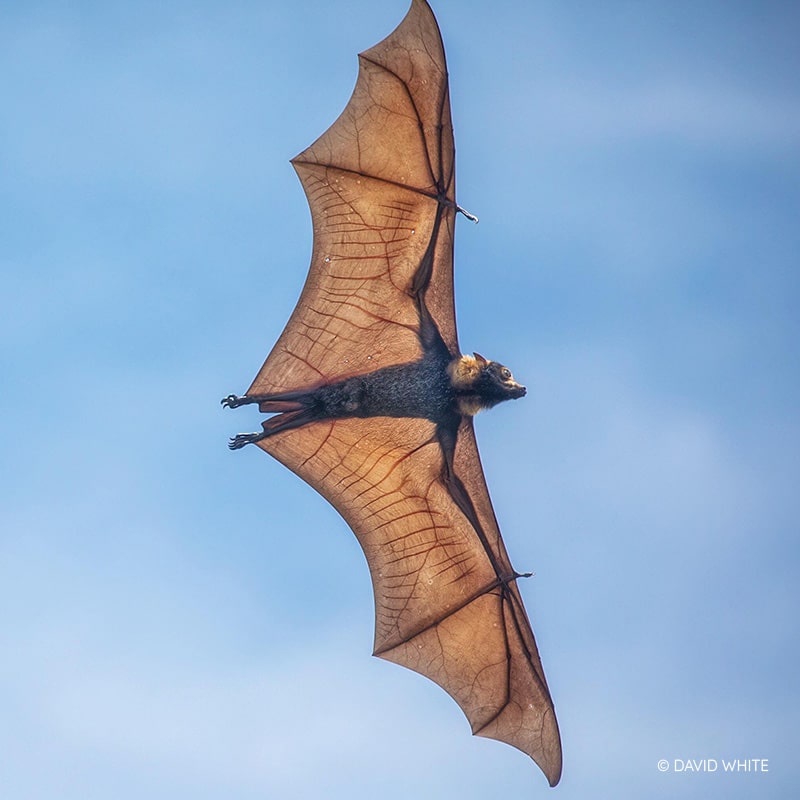About
Bats
ABOUT BATS
1,200 SPECIES
WORLDWIDE
There are approximately 1,200 species of bats around the world. They are found on every continent except Antarctica and make up approximately 20% of the world’s classified mammal species.
Click on the image to discover the national and local distribution of every species of bat in Australia
Distribution maps have been developed by leading bat experts and are updated and maintained by utilising the collective knowledge of the members of the Australasian Bat Society.
CLASSIFICATION
OF BATS

Yinpterochiroptera
The carnivorous Ghost bats (Megadermatidae), and the insectivorous Horseshoe Bats (Rhinolophidae) and Leaf-nosed bats (Hipposideridae) are also now classified as Yinpterochiroptera.
Yangochiroptera
There are approximately 68 different microbat species in Australia, ranging from the tiny Little Forest Bat (4gms) to the Yellow-bellied Sheathtail Bat (45 gms).

ABOUT BATS
Anatomy for Flight
A flying-fox’s arm and hand bones are similar to our hands, with four fingers and an elongated thumb. On the end of each thumb is a hook. Flying-foxes use these important tools to invert when excreting waste. They can be used as defensive weapons and as grappling hooks to climb. The hook is also useful to bring food sources closer within reach. A strong flexible membrane forms the wings.
Flying-fox bones are light and their upper bodies very muscular to enable flight. These adaptations mean they have comparatively weak legs and are unable to stand upright. Hanging by their feet requires little effort due to leg tendons that ‘lock’ the claws in place on the branch.


